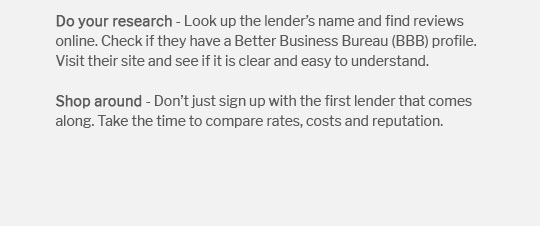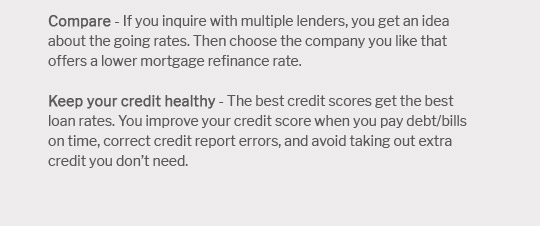 |
|||
 |
 |
 |
 |
|
|---|---|---|
 |
 |
|
 |
 |
|
 |
 |
 |
 |
Understanding How FHA Loans Offer Lower Interest RatesThe landscape of home financing can often seem like a labyrinth of options, rates, and terms, each vying for the attention of prospective homeowners. Among these, the FHA loan stands out as a beacon of affordability, particularly noted for its lower interest rates. But what exactly makes these loans so attractive, and how do they work to benefit the average homebuyer? First, it's crucial to understand that FHA loans are insured by the Federal Housing Administration, a government agency. This insurance protects lenders against losses from defaults on loans, allowing them to offer lower interest rates compared to conventional loans. This is particularly advantageous for first-time homebuyers or those with less-than-perfect credit histories who might otherwise face higher rates or difficulties securing a loan. Moreover, the requirements for securing an FHA loan are generally more lenient. Borrowers can often qualify with a lower credit score-sometimes as low as 580-although this does vary by lender. This flexibility can be a game-changer for many, providing access to homeownership that might otherwise remain out of reach. The lower interest rates associated with FHA loans can translate into significant savings over the life of the loan. For instance, even a 0.5% difference in interest rates can lead to substantial savings, making home ownership more affordable on a monthly basis and in the long run.
While FHA loans offer numerous benefits, it is important to consider the nuances. For example, borrowers must pay mortgage insurance premiums (MIP), which are added to the monthly payments and can increase the overall cost of the loan. This insurance is mandatory and continues for the life of the loan, unless the borrower refinances into a conventional loan once enough equity is built up. Despite these additional costs, the lower interest rates often offset this, making FHA loans a viable option for many. Another critical factor to consider is the loan limit, which varies by region. In high-cost areas, these limits are higher, but they may still be lower than the cost of many homes in the area, potentially requiring a larger down payment or a combination with other types of loans. In conclusion, while FHA loans are not without their drawbacks, the lower interest rates they offer provide a significant advantage for those who qualify. By making homeownership more attainable through reduced interest rates and lower down payments, FHA loans continue to play a vital role in the housing market, particularly for those who might otherwise be locked out of the dream of owning a home. As with any financial decision, it is crucial for potential borrowers to weigh the pros and cons carefully, considering both immediate affordability and long-term financial impacts. https://www.quickenloans.com/home-loans/fha-loan
FHA loans have more lenient credit and income requirements than other loans, and your down payment could be as low as 3.5%. Learn more and apply today! https://www.lendingtree.com/home/mortgage/fha-vs-conventional/
FHA vs. conventional interest rates. Although FHA interest rates tend to be lower than conventional rates, the higher cost of FHA mortgage insurance may push ... https://www.fha.com/fha_article?id=3100
Borrowers who don't mind paying more up front for discount points can lower the interest rate on their home loan by doing so.
|
|---|